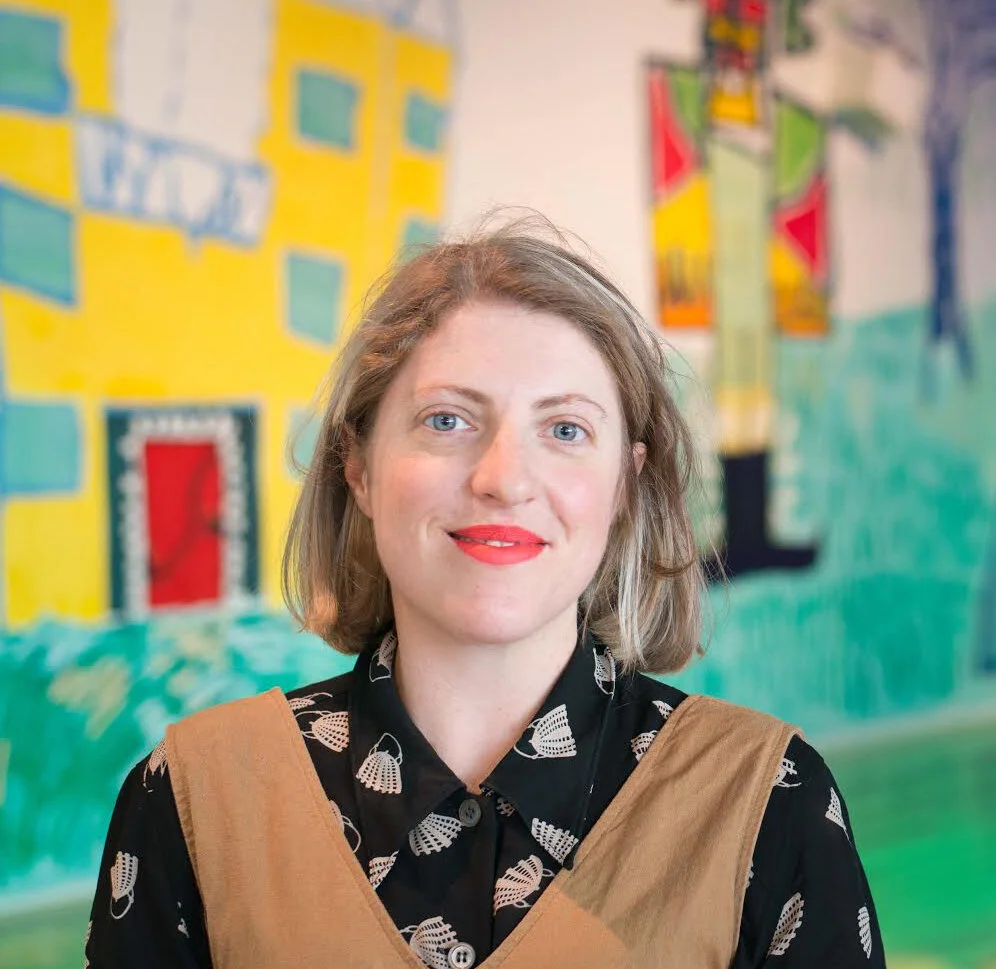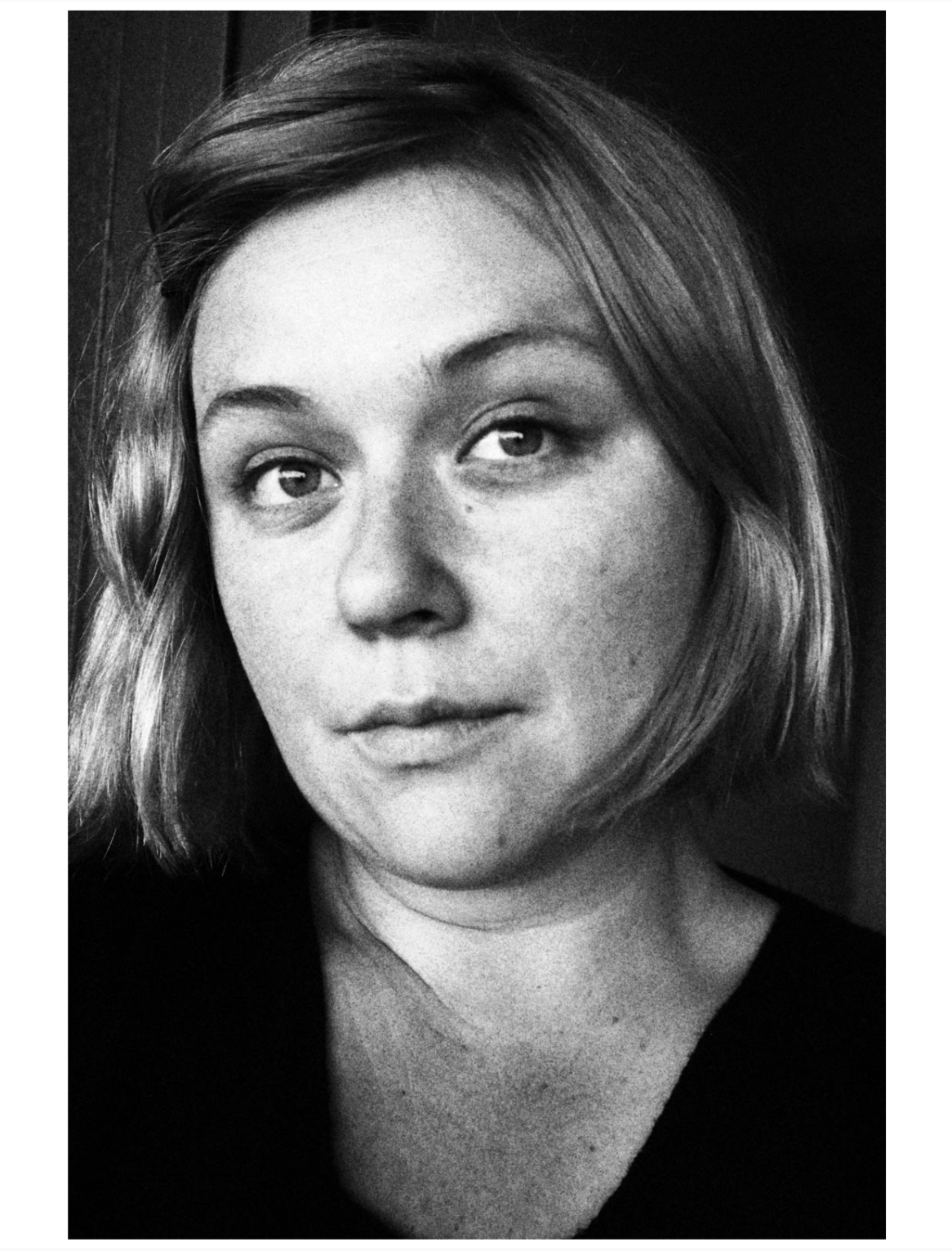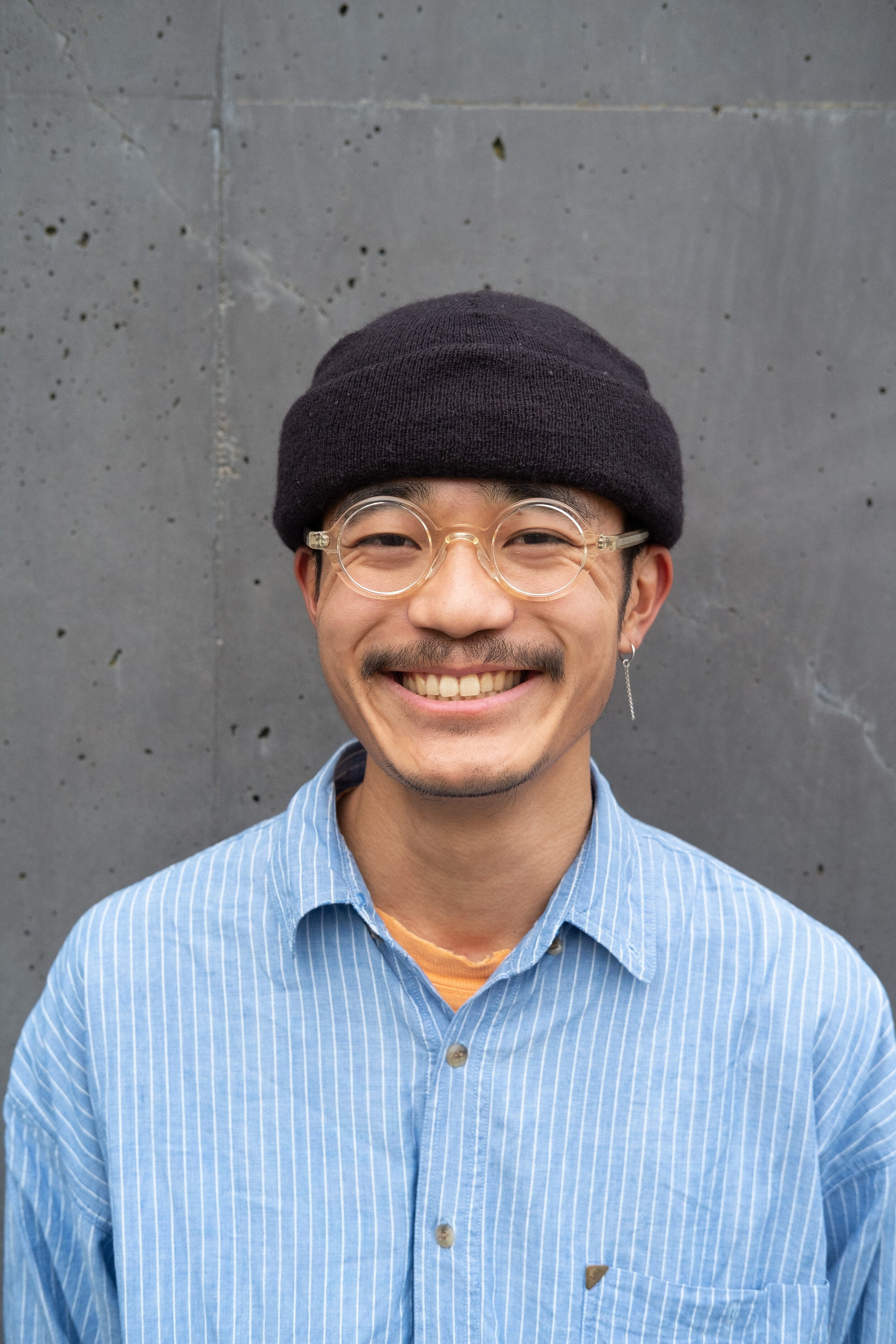Our latest Artist Profile is with artist David Lindesay, whose exhibition Adam’s Ale is currently presented at Brunswick Street Gallery.
‘I’m an Australian photographer and visual artist, currently working with the body, and engaging in documentary story telling. I am particularly interested in the social and cultural politics of the body, which has led to me exploring contemporary ideas around the ideal male form and, most recently, naturally distorting this ideal by immersing the body in water. In my documentary pursuits I am intrigued by the photograph’s ability to tell a story; and, as greater context is created with the addition of more and more images, I am drawn to explore the powerful narratives that emerge.
I shoot using a Polaroid 600, a Mamiya 645e, and sometimes a little Olympus OMD; each camera offers a different way of seeing the world.’
What medium(s) do you work with, and why have you chosen them?
I predominately work with monochrome, square format polaroid film, though have recently begun using its colour equivalent. The medium offers two distinct qualities that enhance my creative practice. The first is making something tangible and unique in an instant and ubiquitous digital age. The second is that the physical act of creating a polaroid has an element of magic to it, similar to open tray darkroom printing, watching the image materialise from the blank chemical layers within the film. These two qualities of the medium, coupled with their reproduction on silk banners, makes my photography physical and interactive, something that is quite difficult for a 2D, often digital, and everyday medium.
Can you elaborate a little more on your making process — how does your artwork get from initial concept to exhibition stage?
First I'll be drawn to an aesthetic or an idea, or have an issue I want to explore; then I work on finding a way to make it my own. I begin by thinking about how I want the work to look, and how I want the viewer to experience it. Then I work backwards, experimenting and testing different ways of getting to the final destination. This often leads to changes in the final work from the initial visualisation but creates different and often stronger work; the path to the final presentation is organic and an integral part of the work. I’m constantly aware of the artistic choices and decisions that I make and the impact they have on the viewer’s experience of the work. My aim is to achieve a clean, clear presentation so as not to distract from the substance and visual impact.
Who or what are the biggest influences on your work?
The body has been my primary subject for years, so I’m always observing it, how it moves, how it interacts with the world. Well known artists such as Robert Mapplethorpe and Wolfgang Tillmans have had big stylistic and aesthetic influences on my work, while more general influences come from instagram culture, queer culture and body politics.
If you could go on an Artist’s Residency anywhere in the world, where would that be and why?
Either the USA or Scandinavia: I think both would offer something fascinating and unique for my practice. The US, particularly New York or San Fransisco, would be a golden opportunity. The body culture there is so amplified and exaggerated, I think it would be incredible to capture. And in Scandinavia there is a unique aesthetic quality related to pushing the body to its limits in extreme environments. In the isolation of the northern regions, the cultural identity surrounding the body and our human ability to survive is remarkable.
What’s next for you after your time at Brunswick Street Gallery? What upcoming projects are you working on now?
After Brunswick Street, I’ve got a show in Sydney at Gaffa where I’ll be exhibiting a new body of work focused on the agency of touch. This series of self-portraits was made using colour Polaroid film, subjecting each developed image to extreme heat to distort and corrupt it. I’m also planning a photo documentary series about the US 2020 election, although at this point the COVID-19 pandemic looks like seriously disrupting those plans.
Adam’s Ale by David Lindesday is current until 5 April 2020.














































